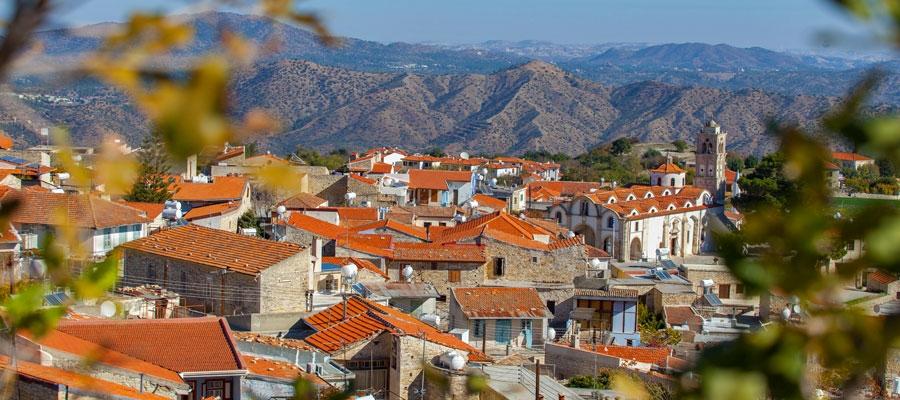The 2021 population census in Cyprus provides a unique insight into how residents’ housing preferences have evolved and how this has influenced the structure of construction on the island. These figures help explain current housing challenges: population growth, an influx of foreign professionals and investors, and limited new construction all create additional pressure on the real estate market.
Overall Picture: Nearly Half a Million Homes
As of 2021, the total number of residential units in the Republic of Cyprus reached 491,544. Of these, 297,532 are located in urban areas and 194,012 in rural regions. Traditional detached houses remain the most common type, totaling 193,427, with 75,512 in urban areas and 117,915 in rural areas.
Multi-storey buildings account for 156,614 apartment units, of which 121,254 are in cities and 35,360 in villages. Another popular category is duplexes, totaling 66,404, with nearly three-quarters (48,220) located in urban areas.
Other types of housing include 42,889 units in buildings of various purposes and 32,211 units in mixed-use buildings, with most concentrated in urban zones in both cases.
Regional Leaders
The highest number of residential units is in the Nicosia district, with 162,930 units in 2021. Second is Limassol with 132,281 homes and apartments, followed by Larnaca with 81,881. Paphos ranks fourth with 74,337 units, and the Famagusta controlled areas recorded 40,114 units.

From Rural Homes to Urban Development
Historical data show an interesting trend. Before 1960, the majority of homes in Cyprus were in rural areas. However, between 1961 and 1980, the situation changed dramatically: urban homes exceeded rural ones for the first time, with city construction rates more than doubling rural development.
This shift marked the beginning of mass urbanization in Cyprus. Since then, most new residential complexes, multi-storey buildings, and modern duplexes have been built in urban zones.
Contemporary Housing Market Challenges
Today’s housing issues in Cyprus are directly linked to this historical trend. Despite the construction of new homes, the influx of foreigners for work and investment has offset supply growth. As a result, demand continues to outpace supply, affecting both prices and housing availability.
Global factors exacerbate the situation, including rising construction costs, inflation, and higher borrowing costs. Analysts predict that demand for urban housing will continue to grow, especially in Nicosia and Limassol, where most business activity is concentrated.
